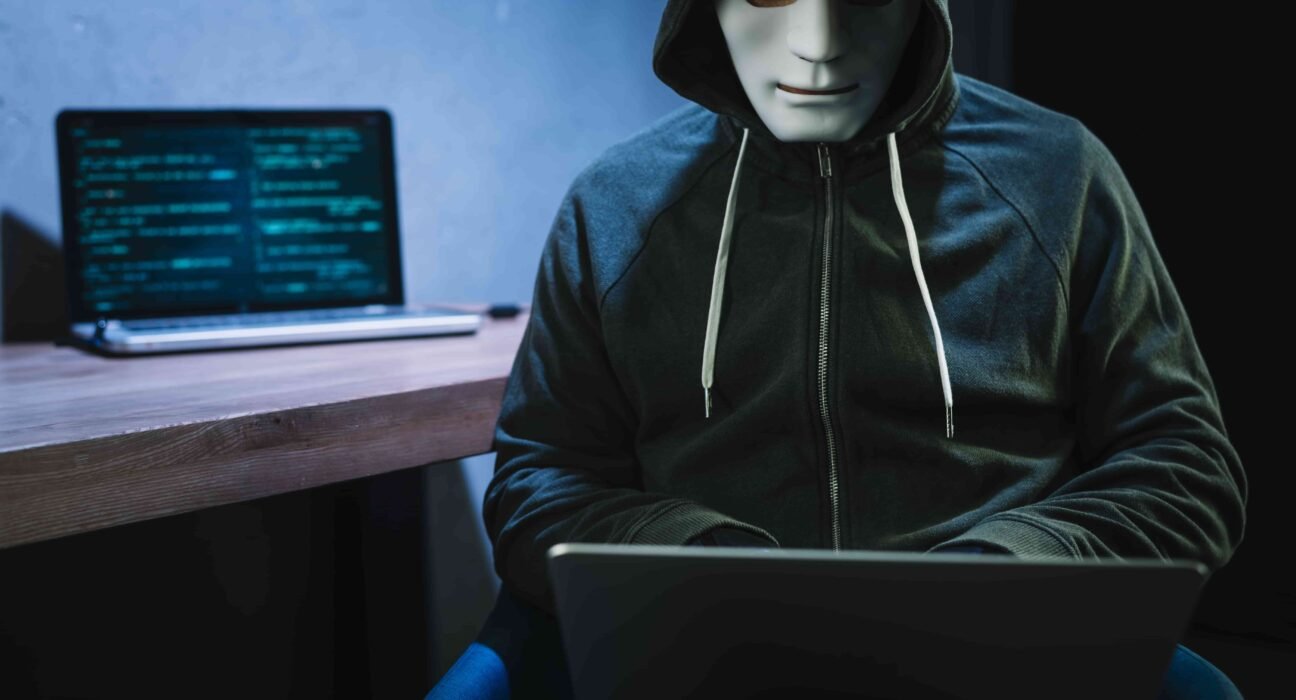Introduction
In recent years, fake hacking has grown popular, especially among pranksters, gamers, and tech enthusiasts. Whether it’s used to scare a friend or simply feel like a coder in a spy movie, the idea of simulating hacking without real consequences has caught attention. But what is fake hacking really about, and why are people drawn to it?
This article explains everything about hacking, including tools, games, and the psychology behind pretending to hack. We’ll also touch on commonly used platforms like fake hacking simulators and fake hacking games, and discuss the curious trend of sending fake hacker messages.
What is Fake Hacking?
Fake hacking is the act of pretending to hack a system or device without doing any real damage or illegal activity. It often involves apps, websites, or scripts that simulate hacking visuals—like scrolling code, access-granted popups, or terminal commands—to create the illusion of hacking.
Unlike actual hacking, fake hacking doesn’t require advanced skills. It’s often used as entertainment or for social media content, comedy videos, or playful pranks.
Why Do People Use Fake Hack Tools?
People are fascinated by technology and the idea of control. The fast typing, black screens, and mysterious codes seen in movies have made hacking look cool. Here are some common reasons why people are drawn to fake hacking:
- Pranking Friends: Many users use fake hacking screens to scare friends by pretending to break into a phone or website.
- Entertainment Content: Social media creators often use fake hacks in their videos for dramatic or comic effect.
- Cosplay or Roleplay: Fake hacking simulators help users roleplay as secret agents or cybercriminals in a safe environment.
- Learning Aesthetics: Some young enthusiasts use these tools to get familiar with tech environments before diving into real programming.
Fake Hacking Simulator: How It Works
A fake hacking simulator is a tool or app designed to replicate the interface of real hacking systems. These simulators are often customizable and may show fake IP addresses, tracking windows, or login attempts.
Many fake hacking simulators include:
- Command-line interface with auto-scrolling text
- Fake login breaches
- Audio effects (like typing or alert beeps)
- Pre-designed scripts to simulate various “attacks”
These tools are mostly browser-based or mobile applications and can be found easily without needing special access or programming knowledge.
Popular Fake Hacking Games
Fake hacking games are designed to entertain users who want the thrill of hacking without the risks. These games often include challenges like “cracking” passwords, solving puzzles, or bypassing virtual firewalls—all in a gamified, fictional environment.
Some well-known fake hacking game features include:
- Puzzle-based progression (solve one level to move to the next)
- Storylines involving secret missions
- Virtual terminals with simulated commands
- Time-based tasks that simulate pressure situations
These games provide a fun way for players to imagine themselves as hackers, all while playing within legal and safe boundaries.
The Use of Fake Hacker Messages
One of the more dramatic uses of fake hacking involves sending or displaying a fake hacker message. This can be anything from a pop-up saying “You’ve been hacked!” to a fake email from a mysterious “hacker group.” Although intended as a joke, this type of message can cause panic if not handled carefully.
Warning: While sending fake hacker messages to friends might seem harmless, it can cause unnecessary fear or misunderstandings. Always ensure your actions are in good humor and not against any laws or platform rules.
Is Fake Hacking Harmless?
While fake hacking is usually meant for fun, there are some things to consider:
- Misuse Can Lead to Trouble: If you prank someone too realistically, they might report it to authorities.
- Confusion with Real Threats: Fake hacks might be mistaken for real cyberattacks.
- Privacy Concerns: Some prank apps request access to sensitive data, which raises security risks.
So while fake hacking is not illegal in itself, how you use it matters. Always keep it ethical and respectful.
Top Fake Hacking Tools and Websites
Here are a few popular platforms used for fake hacking fun:
- GeekPrank Hacker Typer
A simple web-based tool where you can type random keys, and it shows scrolling code like you’re hacking into a system. - FakeUpdate.net
Simulates Windows or macOS updates and errors. Great for pranking friends into thinking their system is being hacked or crashing. - Hacker Typer Neo
Allows users to create the illusion of advanced hacking just by smashing the keyboard. - Fediaf (Fake Hacker Terminal)
A more advanced-looking simulator with a green terminal-style interface and fake hacking scripts. - Mobile Apps
On Android and iOS, several apps offer fake hacking simulator features, sound effects, and visual tricks.
Fake Hacking in Pop Culture
Movies, games, and TV shows have influenced the way people perceive hacking. Characters like Mr. Robot or scenes from Mission: Impossible have turned hacking into a thrilling concept. This cultural fascination plays a big role in making fake hacking so popular.
Many fake hacking tools are even modeled after scenes from popular entertainment, enhancing the illusion for users.
Benefits of Fake Hacking (Used Wisely)
While real hacking is dangerous and illegal when done unethically, fake hacking can have some innocent benefits:
- Motivates Learning: Some users who start with fake hacking develop an interest in real cybersecurity.
- Boosts Creativity: Creating scripts, building fake terminals, and designing prank interfaces allow users to experiment.
- Safe Roleplay: Perfect for actors, gamers, and content creators to act out scenarios without breaking any laws.
Conclusion
Fake hacking is all about simulation and entertainment. Whether you’re using a hacking simulator, playing hacking games, or sending a fake hacker message for a joke—these activities provide a way to experience the thrill of hacking without any real harm.
But with great fun comes responsibility. Always be clear that it’s a prank or simulation and never use fake hacking to threaten, scare, or deceive anyone in harmful ways. If used responsibly, fake hacking can remain a creative and harmless form of entertainment.






